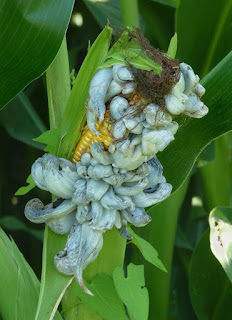ADOXA : A REMEDY FOR TREMOR

ADOXA BOTANICAL NAME: Adoxa moschatallina Linn. FAMILY: Adoxaceae COMMON NAMES: English: Moschatel, Five-faced bishop, Town hall clock, Good Friday plant. DISTRIBUTION: A small herb with creeping rhizome. Primary leaves are light green and basal with a long slender stalk before they split into 3 smaller stalked leaves that split again into 3 more leaflets, the center one also stalked. Flowers are small and yellowish-green in color. DISTRIBUTION: Germany. PART USED: Flower. HOMOEOPATHIC USES Nervous tremors. Sleepiness. Vertigo and headaches. Weariness of the eyelids. Dryness of the pharynx and esophagus. Qualmishness in the epigastrium. POTENCY: Mother tincture and higher.







